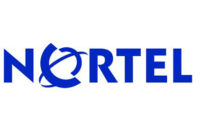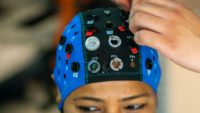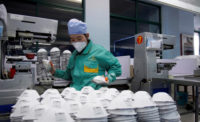WASHINGTON—The U.S. Department of Commerce announced last week that suppliers are prohibited from providing semiconductor products and components manufactured with U.S. equipment and software to Huawei and its subsidiaries. Global market intelligence firm TrendForce says the impact of these sanctions on the company’s smartphone and 5G base station manufacturing are not yet fully known.
TrendForce maintains its forecast that Huawei will produce 190 million smartphones in 2020, based on its existing inventory and the assumption that some components can still be supplied to the company before September 15. However, should Huawei be completely prohibited from obtaining components containing U.S. technology after September 15, the forecast of Huawei smartphone production for 2021 would be downsized to about 30-50 million units.
Xiaomi, OPPO and Vivo are expected to cannibalize the majority of Huawei’s market share. But, if suppliers are permitted to resume component shipment to Huawei, it can be expected to manufacture more than 100 million units in 2021. This is still a lower figure than previous forecasts.
As for 5G base station chip, Huawei’s inventory is estimated to be sufficient until 2021. At the moment, Huawei uses its Tiangang chips, developed in-house, for baseband chips contained in its 5G base station active antenna unit and baseband unit.
These chips are manufactured with 7-nanometer-process technology and primarily by Taiwan Semiconductor Manufacturing Co. Ltd. (TSMC). If TSMC stops supplying these chips to Huawei as a result of U.S. sanctions, this will directly affect Huawei’s shipment of 5G base stations, leading to delays in Chinese mobile network operators’ 5G network deployment in 2020.
Huawei had been highly dependent on U.S. suppliers for base station components before it was first sanctioned by the U.S. government in 2019. After 2019, the company stepped up its effort to lower its dependence on U.S. suppliers for radio frequency components, which are now mainly supplied to Huawei by Japan-based Murata and Sumitomo.




